This site is part of various affiliate programs. Links may give us a small compensation for any purchases you make, at no additional cost to you. Please read the disclaimer policy for full details.
Wacom manufactures two rival lines of drawing tablets: the Wacom Cintiq series and the Wacom Intuos (Pro) series.
This quick comparison article will cover the key differences and similarities of the Intuos vs Cintiq in real-world use – you won’t find the manufacturer’s specs here, just the points that actually matter in practice to let you know, “is Cintiq worth it?”
So, let’s start with a quick summary of the use cases for each of the Wacom tablets, followed by more detailed reviews further down the article.
Wacom Cintiq vs Intuos
The Wacom Cintiq is designed for those drawing or making line art, as it most closely replicates physical drawing techniques.
The Cintiq line is expensive, but the screen is particularly useful if you struggle to draw on a regular tablet while looking at a separate monitor, as it makes hand-eye coordination much easier. The Cintiq is less useful for painting and photo editing, so you may want to consider the cheaper Intuos range. Pen sensitivity and drawing feel are very close to the Intuos Pro. If the 16″ model is too small, there is also a Cintiq 22″.The Wacom Intuos is for those on a budget who still want a premium drawing tablet that you will use every day.
The pen and drawing feel are on a par with the Cintiq, but the lack of a screen dramatically reduces the cost of this tablet. The Intuos is very easy to use and has a very high build quality. If you can live without a screen and are a hobbyist user, this is probably your best choice of tablet – you are unlikely to notice the extra features of the Intuos Pro below.The Wacom Intuos Pro is best suited to professional photo editors / artists and those who rely on keyboard shortcuts.
With the most customizable buttons of any Wacom tablet, and the ability to add texture sheets to change the surface feel of the drawing pad, the Intuos Pro series offers the best pen pressure sensitivity and accuracy that Wacom provides. If you want a top-end, premium product and don’t care about a screen, then you can’t get better than this – I use an Intuos Pro for my photo editing.- Related Articles:
- Read the full rundown of the best drawing tablets, both with and without screens
- Or look at all of the best drawing tablets with a screen
- Compare the One by Wacom to the Intuos series
Cintiq vs Intuos Comparison – Which is right for you?
As the Cintiq tablets are quite a substantial investment, it’s sensible to understand where the Wacom drawing tablets fall on a price / use spectrum.
It’s important to remember that any tablet from the Wacom Cintiq or Intuos will be capable of helping you to create the art that you want. They are all of very high build quality, with an excellent reputation among professional artists and photographers.
The main difference between the Cintiq vs Intuos is the presence of a screen on the former. Although whether this matters to you largely depends on personal preference.
In my experience, it’s generally true that the Wacom Cintiq best suits those who have a larger budget and are wanting to use the tablet for drawing or line art, while the Wacom Intuos and Intuos Pro better suit photographers and those comfortable looking at a separate monitor while drawing.
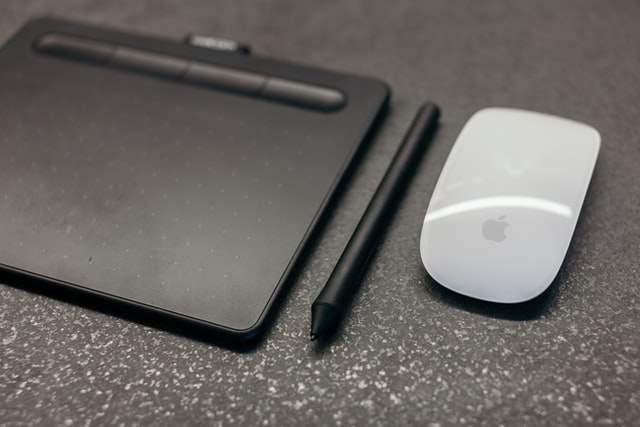
Personally, if I was to have the option between the Cintiq or Intuos, I would mainly go for the Cintiq for home use, and the Intuos when traveling, even though I am largely doing photography, purely because the Cintiq feels like a more premium experience, but is heavier and more fragile.
But both tablets have the same drawing feel, so it’s difficult to recommend the Cintiq over the Intuos when you bring price into the equation, unless you are definitely going to use the Cintiq-specific features.
Get the Wacom Cintiq if:
- You spend most of your time drawing or creating line art
- If you have bad hand-eye coordination
- If you find it helpful to see what you draw as you draw it
- You want to replicate the physical process of drawing with pen and paper as accurately as possible
- You have a high budget for a drawing tablet
Get the Wacom Intuos (or Intuos Pro) if:
- You spend most of your time editing photos
- You value assigning keyboard shortcuts to your tablet keys
- You create graphics that are not created by traditional drawing techniques (eg. vector graphics)
- Your budget is more limited, or you want value for money
- You are a beginner to drawing tablets
- You want a larger tablet
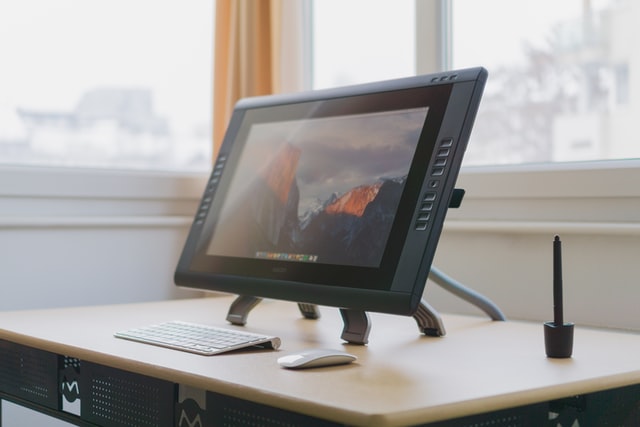
The Intuos vs Cintiq Main Advantages & Disadvantages
1. The Intuos series is much cheaper
When comparing the Wacom Intuos vs Cintiq price, you will immediately see some pretty major differences. The Intuos currently starts at around $80, while the Cintiq starts at $650.
If budget is your main consideration when buying a drawing tablet, then that might make the decision for you. I like the Cintiq, but it is realistically only suitable for those with the money to spare – you can do pretty much all the same stuff with the Intuos.
2. Cintiq is much more natural for drawing
Being able to see the lines you are drawing as you put them down feels much more natural than looking at a separate screen, but it isn’t perfect as your hand can get in the way, and there are some small parallax issues, where the line you draw deviates from your pen nib as you move it across the screen, although parallax is not as bad as with XP-Pen, Huion and other more budget manufacturers.
Line work is significantly easier with the Cintiq, so those artists drawing may well feel it is worth the extra money. With the disconnect between hand and eye of the Intuos range, it will take more time to learn accurate drawing techniques (although you will get there with time), but if you are concerned about this, then the Cintiq has effectively no learning curve.
3. The Cintiq is limited to full HD resolution
Unless you go for the Wacom Cintiq Pro (which has a 4K screen), you will be limited to Cintiq HD screens (1920 x 1080 pixels). Although these have good color reproduction, the resolution means that you are limited to the size of monitor you can reasonably use the Cintiq with.
For example, if you have a large (> 40″) 4K screen, you cannot realistically replicate this monitor on the Cintiq – you would have to extend the display.
4. Customizable buttons with the Intuos
There are no buttons on the Cintiq tablet (although you can buy some remote hardware buttons). The Intuos series has customizable buttons as standard, which are incredibly useful for assigning keyboard shortcuts in Photoshop and other programs.
5. Intuos models can be completely wireless
Comparing the Wacom Intuous Pro vs Cintiq models, the Cintiq’s have three cables that must be connected to power, USB and HDMI, while the Intuos Pro’s have wireless as standard via Bluetooth. This makes them much more portable and more suited for travel with a laptop. You can of course use them wired if you want, but I find the wireless option to be a massive bonus.
The Intuos models and also both significantly smaller and lighter than the Cintiq, again helping with portability.
6. Texture sheets on the Intuos Pro to vary drawing feel
The Intuos Pro comes with three test sheets of additional textures that can be applied to the drawing surface. Full versions can be purchased separately and mean that you can precisely replicate various drawing surfaces.
The Cintiq only has the one surface available (although the pen feel is very similar to the standard Intuos Pro).
7. Comparing the Wacom Intuos Pro vs Cintiq, they both have a better pen than the Intuos
The Intuos Pro and Cintiq share the Wacom Pro Pen 2, which has over 8k levels of pressure sensitivity and feels like a premium pen, and even has an eraser at one end. The Intuos pen only has 4k levels of pressure sensitivity and feels less high-end, but in practice you are very unlikely to notice the difference.

Read More:
If you want a drawing tablet with screen, but the Cintiq is too expensive, then take a look at Cintiq alternatives in the full rundown of the best drawing tablets, and the best drawing tablets with screens.
Also, why not compare the One by Wacom to the Intuos series for a budget tablet without screen?Learn the fundamentals of photo editing in Lightroom & Photoshop
The ultimate guide to the best cheap vlogging cameras
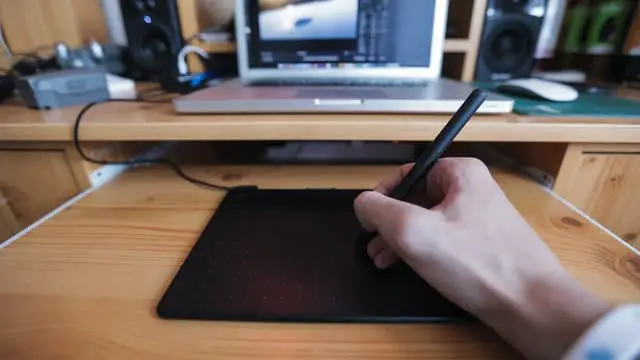
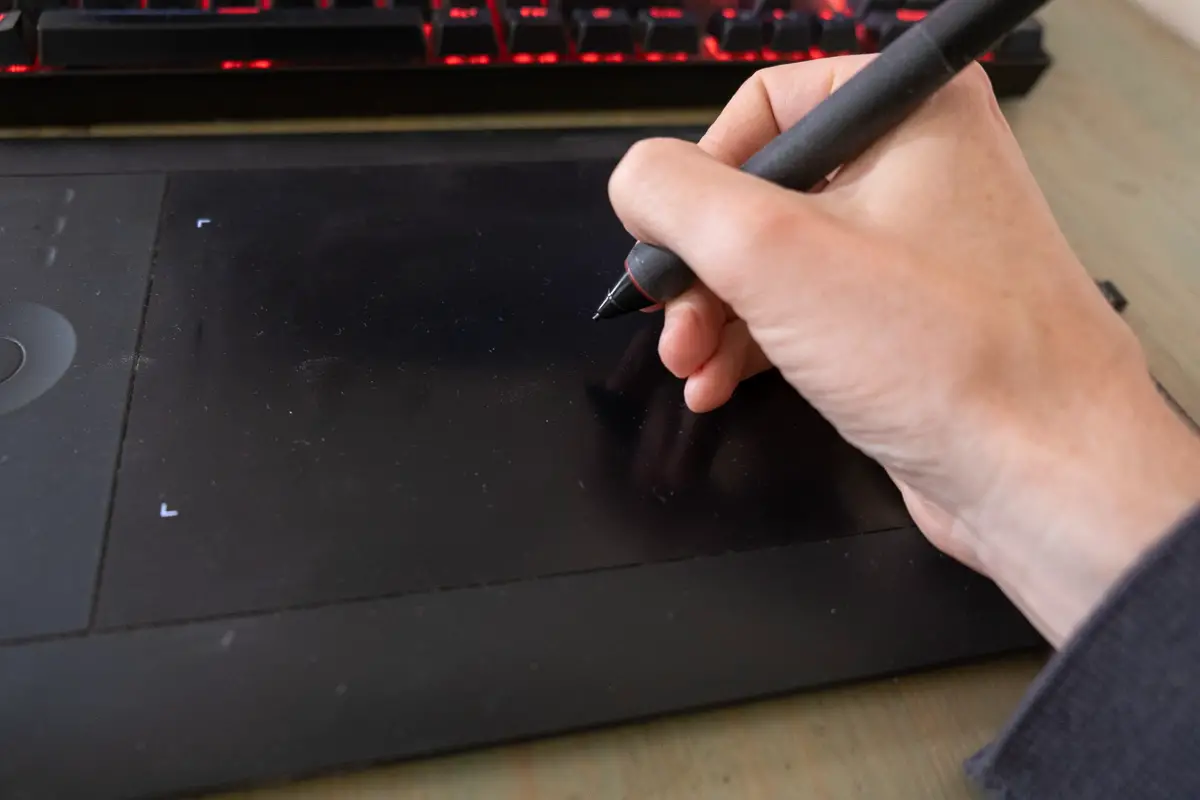
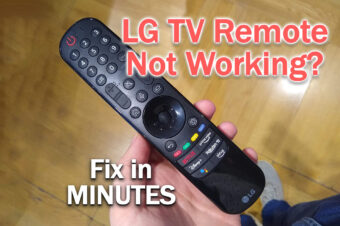


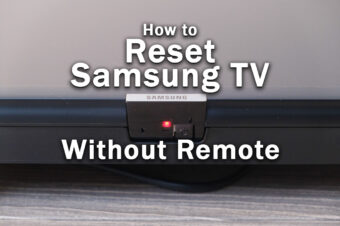


Leave a Reply